
The Imperial Palace, where the Emperor of Japan resides. Part of this huge palace is open to the public and is perfect for Japan Visitors. It is popular and often considered the center of the city's green relaxation area. Let's see what you can see and do in the Imperial Palace, Tokyo.
Spend a Relaxing Day in Imperial Palace's Garden!
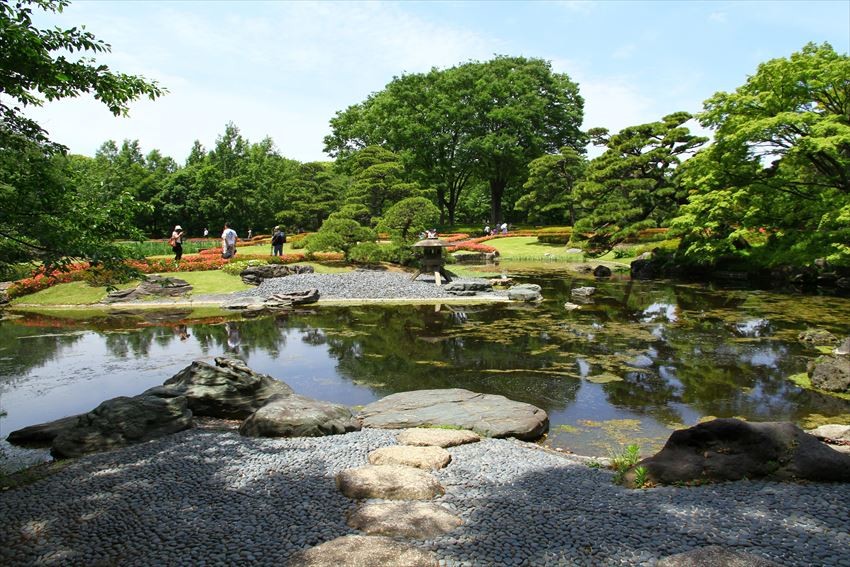
In the east of the Imperial Palace is the Kokyo Higashi-gyoen (皇居東御苑) and the Kitanomaru garden (北の丸公園) in the north. The area is about 19 million square meters, approximately 25 times bigger than the Tokyo Dome.
The area of the moat surrounding the former Edo Castle was known as the Kokyogaien (皇居外苑). It is an area well known as a marathon course as well as a place where members of the Imperial Family runs.

Let’s enter through the Sakuradamon (桜田門), one Japan’s important cultural asset and head towards the Imperial Palace!
The 2 bridges on the square in front of the Imperial Palace are particularly famous, so if you're planning to visit the Imperial Palace, you definitely have to make it a stop.
The bronze statue facing the Nijubashi (double bridge) is Kusunoki Masashige, a warrior who once served the Emperor.
The Kusunoki souvenir shop sells original Imperial Japanese goods which is a makes a very good souvenir. The resting area behind the statue is the Nanko rest house, and pamphlets such as the “Kokyo walking map”, “surrounding facilities”, “transportation information” and more are provided at the information corner, so be sure to drop by and get what you need.
Kokyo Higashi-gyoen
The Higashi-gyoen is located at the eastern side of the Imperial Palace and is approximately 5 times the size of the Tokyo Dome (about 210,000 square meters). The garden is split into 3 areas, the Honnomaru, Ninomaru and the Sannomaru is full of various kinds of flowers and trees and is the former site of the Edo castle. The entrance fee is free. There are 3 main entrances to the garden, “大手門 (Oote-mon)”, ”平川門 (Hirakawa-mon)”, and “北桔橋門 (Kitahanebashi-mon)”. These entrances are the areas where the staff will keep your luggage, and you will be handed an admission ticket. Please do not lose the ticket as it will be collected when you exit the garden. You may enter and leave from any entrances and the closing time is 4:30pm so please take note of the time as you look around in the huge garden. If you plan to look around leisurely in the garden, you would probably need around 2-3 hours to finish the whole garden. The entry time is from 9am ~3:30pm (4pm may be the final entry call), and Mondays and Fridays are off days.
Spot information
- Spot name: Kokyo Higashi-gyoen (皇居東御苑)
- Street address: 1-1 Chiyoda, Chiyoda-ku, Tokyo
- Access: 8-minute walk from the Ootemachi Station exit C13
Kitanomaru Koen
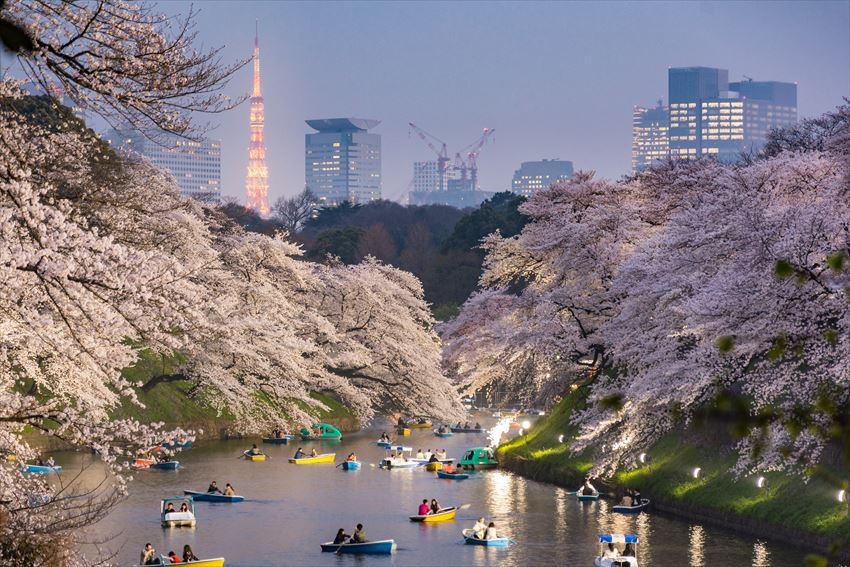
The giant stone wall in the Kitanomaru Koen located in the northern part of the Imperial Palace is a remnant of the Edo Castle Kitanomaru. It is a quiet oasis surrounded by a moat in the busy city. In spring it’s the Nanohana and Sakura, red leaves in the autumn, Daffodils in the winter that beautifies the park. The view from above the Chidorigafuchi is very beautiful.
Spot information
- Spot name: Kitanomaru Koen (北の丸公園)
- Street address: 1-1 Kitanomaru Koen, Chiyoda, Tokyo
- Access:
- 5-minute walk from Toei Shinjuku line’s Kudanshita station 2nd exit
- Tokyo Metro Tozai line’s Takehashi station
- 8-minute walk from the Mainichi Shinbun-sha exit 1b
- 8-minute walk from the Hiragawa-mon exit 1a
Bonzai in Imperial Palace

Within the Imperial Palace, there is a big garden decorated with 600 bonsai consisting of 90 different species. Among the bonsai which are over 100 years in age, there is a very valuable bonsai with an estimated age of 600 years which are the envy of many bonsai enthusiasts. Unfortunately, this part of the garden is not open to the public. The Imperial Palace Foundation organizes various tour guides led by volunteers from time to time, so if you are interested in history, it may be interesting if you join those events.
By all means, please pay a visit to this place mixed with new and old buildings in the heart of this busy city and take a quick break from the busy city.
Spot information
- Spot name: Imperial Palace (皇居)
- Street address: 1-1 Kokyo Gaien, Chiyoda-ku, Tokyo
- Access:
- 2-minute walk from Tokyo Metro Chiyoda line’s Nijubashi Station exit B6/ exit 2
- 2-minute walk from Tokyo Metro Hibiya line’s Hibiya Station exit B6/ exit 2
- 8-minute walk from Tokyo Metro Yurakucho line’s Sakuradamon station exit 3
- 10-minute walk from JR line’s Tokyo/ Yurakucho station.
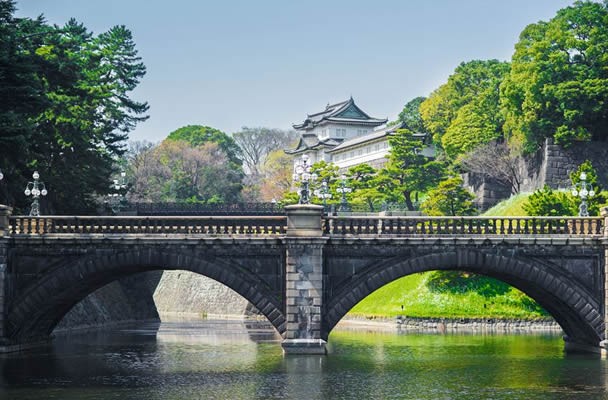
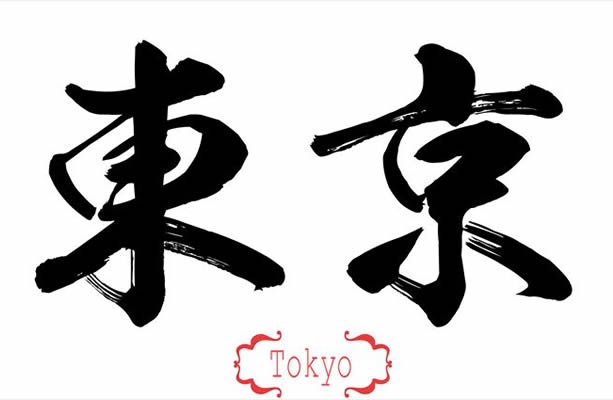
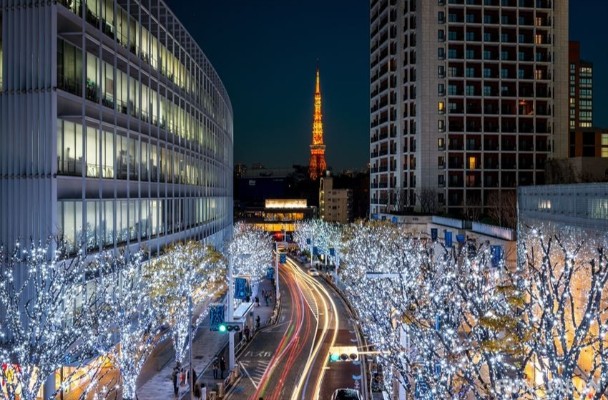
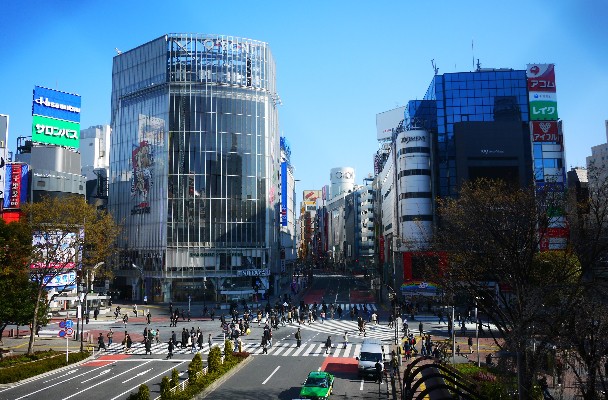
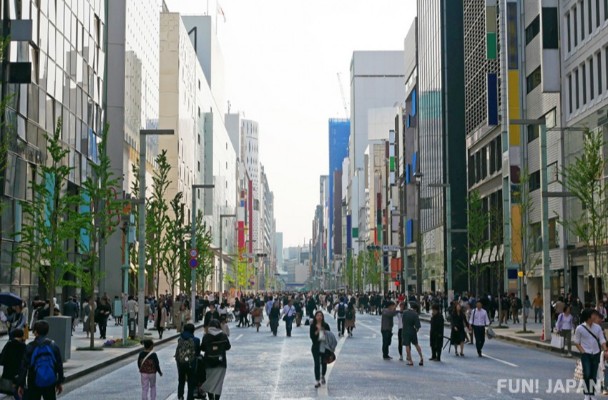
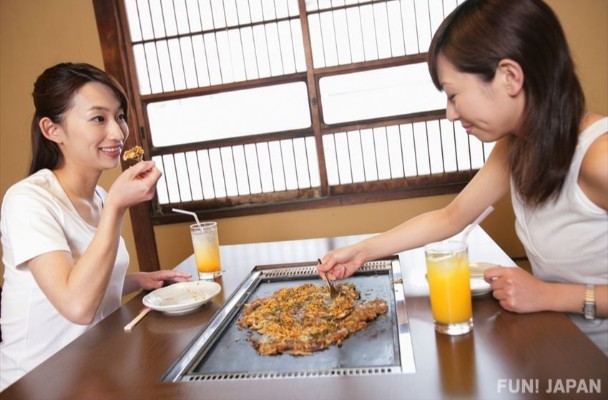

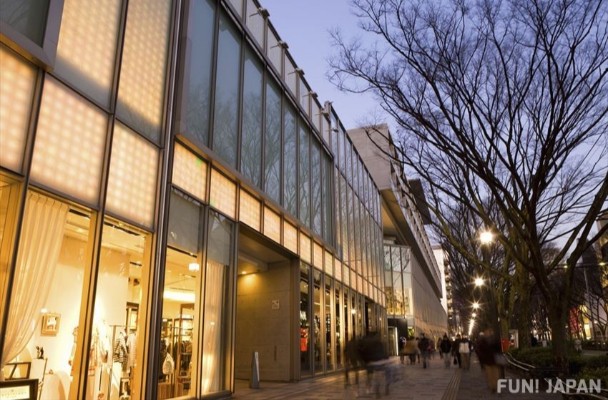
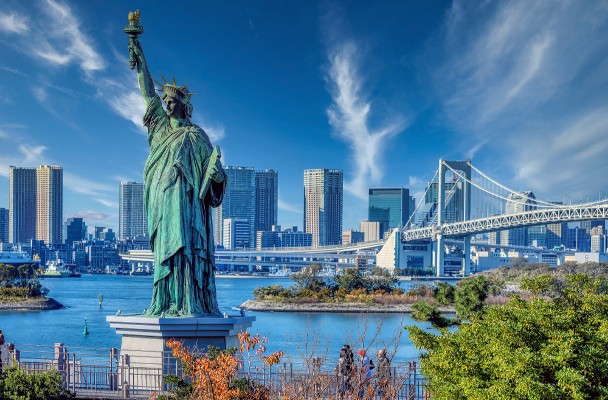
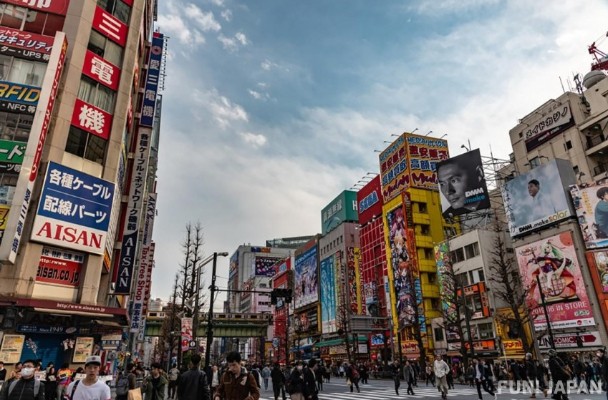
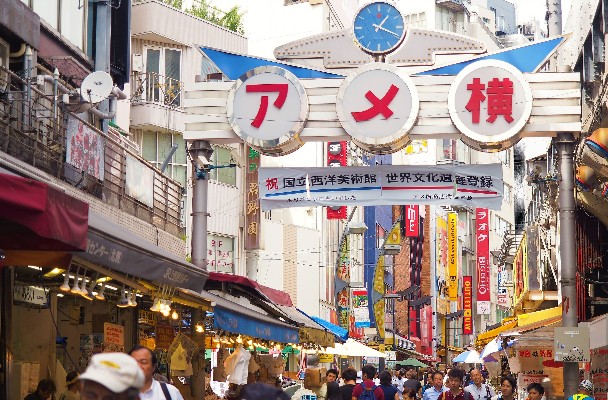
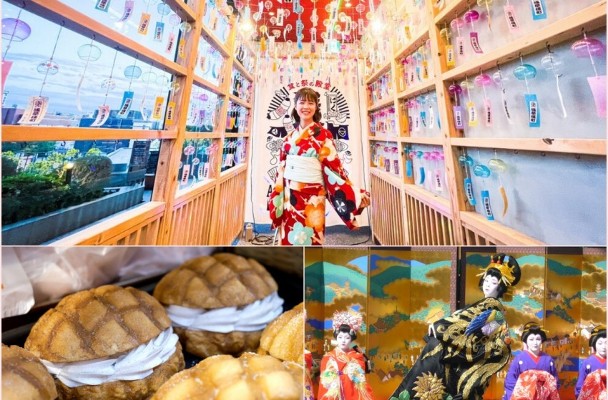
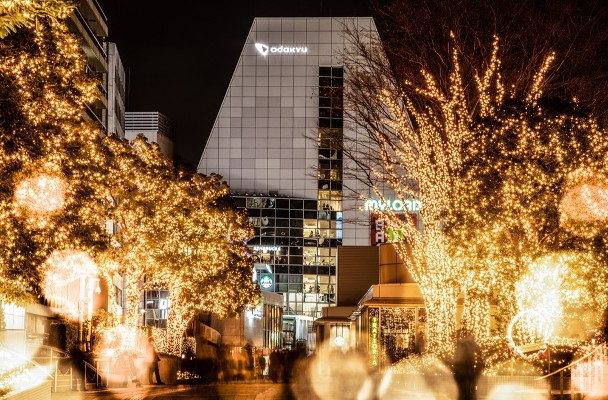
Comments